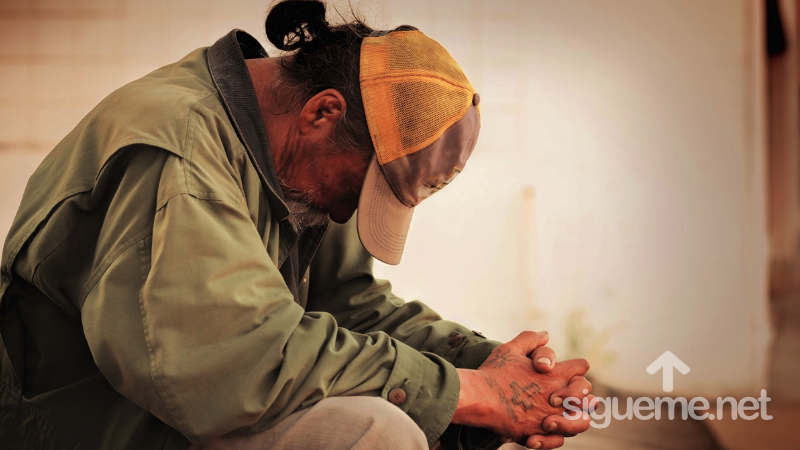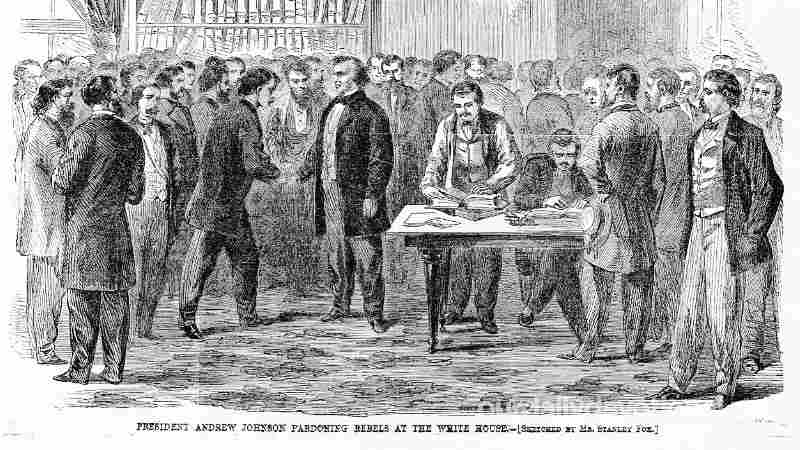(Egyptian "R'-ms-sw": "Ra [the solar god] is the one who begat him").
City of the most fertile part of Egypt (Gen. 47:11), of the district of Goshen (Gen. 47:6).
Pharaoh ordered Joseph to settle Jacob and his sons in this region. Built by the Israelites under the oppressive Pharaoh (Ex. 1:11); the Hyksos (see HICSOS) made it their capital (Avaris-Tanis).
Ramses II rebuilt it and inscribed his name on it (see PYTHON, PHARAOH, b and c, EGYPT, (a) [history], CHRONOLOGY). Identified with Saint el-Hagar. Conventional chronology places Ramses II between 1299 and 1232 BC.
This chronology, however, based on very fragmentary data and insecure identifications, has been established only by inertia.
Velikovsky places him, based on crucial evidence, in the time of the kings of Judah and the fall of Jerusalem (609-569 BC), identifying him with the pharaoh Neco II; Thus, his detailed study confirms Courville's general study (see bibliography), although this latter study requires further refinement of the details of the chronology.
Meaning of RAMESES
(Egyptian "R'-ms-sw": "Ra [the solar god] is the one who begat him").
City of the most fertile part of Egypt (Gen. 47:11), of the district of Goshen (Gen. 47:6).







